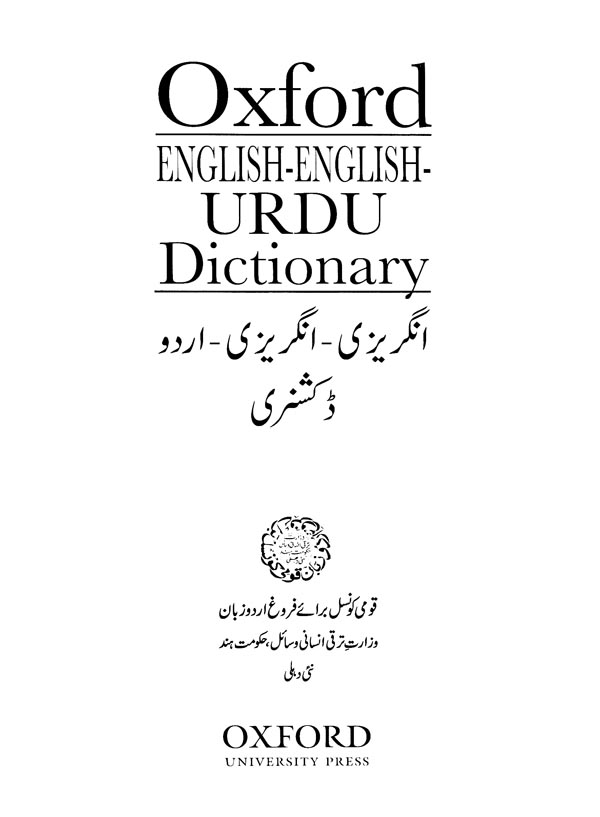
For literary domains, a mere transliteration between Hindi-Urdu will not suffice as formal Hindi is more inclined towards Sanskrit vocabulary whereas formal Urdu is more inclined towards Persian and Arabic vocabulary hence a system combining transliteration and translation would be necessary for such cases. However, there have been dictionary-based mapping attempts which have yielded very high accuracy, providing near-to-perfect transliterations.

Technically, a direct one-to-one script mapping or rule-based lossless transliteration of Hindi-Urdu is not possible, majorly since Hindi is written in an abugida script and Urdu is written in an abjad script, and also other constraints like multiple similar characters from Perso-Arabic which map onto a single character in Devanagari. ("Hindustani" is not to be confused with followers of Hinduism, as 'Hindu' in Persian means ' Indo') In present day, the Hindustani language is seen as a unifying language, as initially proposed by Mahatma Gandhi to resolve the Hindi–Urdu controversy. Transliteration is theoretically possible because of the common Hindustani phonology underlying Hindi-Urdu. Hindi–Urdu transliteration (or Hindustani transliteration) is essential for Hindustani speakers to understand each other's text, and especially important since the underlying language of both the Hindi & Urdu registers are almost the same. Modern Standard Hindi is officially registered in Indian Republic as a standard written using Devanagari script, and Urdu is officially registered in Pakistan as a standard written using extended Perso-Arabic script.

Hindi–Urdu (Devanagari: हिन्दी-उर्दू, Nastaliq: ہندی-اردو) (also known as Hindustani) is the lingua franca of modern-day Northern India and Pakistan (together classically known as Hindustan).


 0 kommentar(er)
0 kommentar(er)
